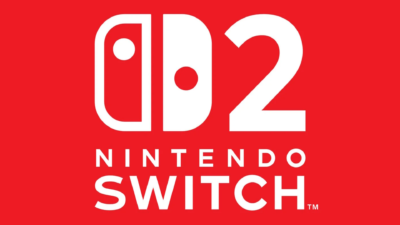Monetizing YouTube channels just become easier

Making money from the internet is quite a time taking task be it E-commerce or YouTube. When it comes to YouTube, users can start earning as soon as they get their channels monetized. Well, monetizing a channel is not an easy task. The company has been changing its standards over the previous few years. As of now, some recent pieces of information suggest that YouTube will relax the rules and requirements for the partner program.
Earlier, with the inception of the YouTube Partner program, participation was easy. Users could get their content easily monetized and earn a couple of cents. But, soon YouTube modified the policy and based it on criteria like followers and views. It indicated that creators have to work hard in order to generate ad revenue for them.
YouTube lessens the requirements for the Partner Program
The current requirements detail that a user must have 4000 valid watch hours, or ten million views on Shorts, or at least 1,000 followers. Well, it might not appear difficult to hit this target, but it is tough. Thankfully, this is going to change now.
for beginners, the company has shared a new requirement list. It details that the user must complete the target of 500 followers, 3,000 watch hours, and 3 million views on Shorts as compared to the previous 1000 followers, 4,000 watch hours, and 10 million views on Shorts.
Before you get too excited about this. Let us tell you that fulfilling these requirements won’t make you eligible for ad revenue. Rather these are for other monetization methods like super chats, tipping, channel memberships, and shopping. The requirements for ad revenue are the same as previously. Once a user reaches eligibility for the ad revenue, they won’t be required to apply again.
Monetizing a YouTube channel is still a tough task. Smaller creators can benefit from other monetization methods. Currently, the company is rolling out these requirements to users in the US, the UK, Canada, Taiwan, and South Korea.
Research Snipers is currently covering all technology news including Google, Apple, Android, Xiaomi, Huawei, Samsung News, and More. Research Snipers has decade of experience in breaking technology news, covering latest trends in tech news, and recent developments.












